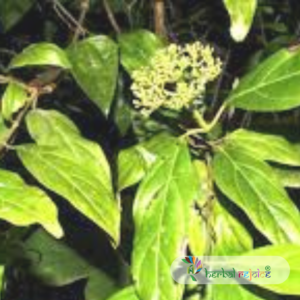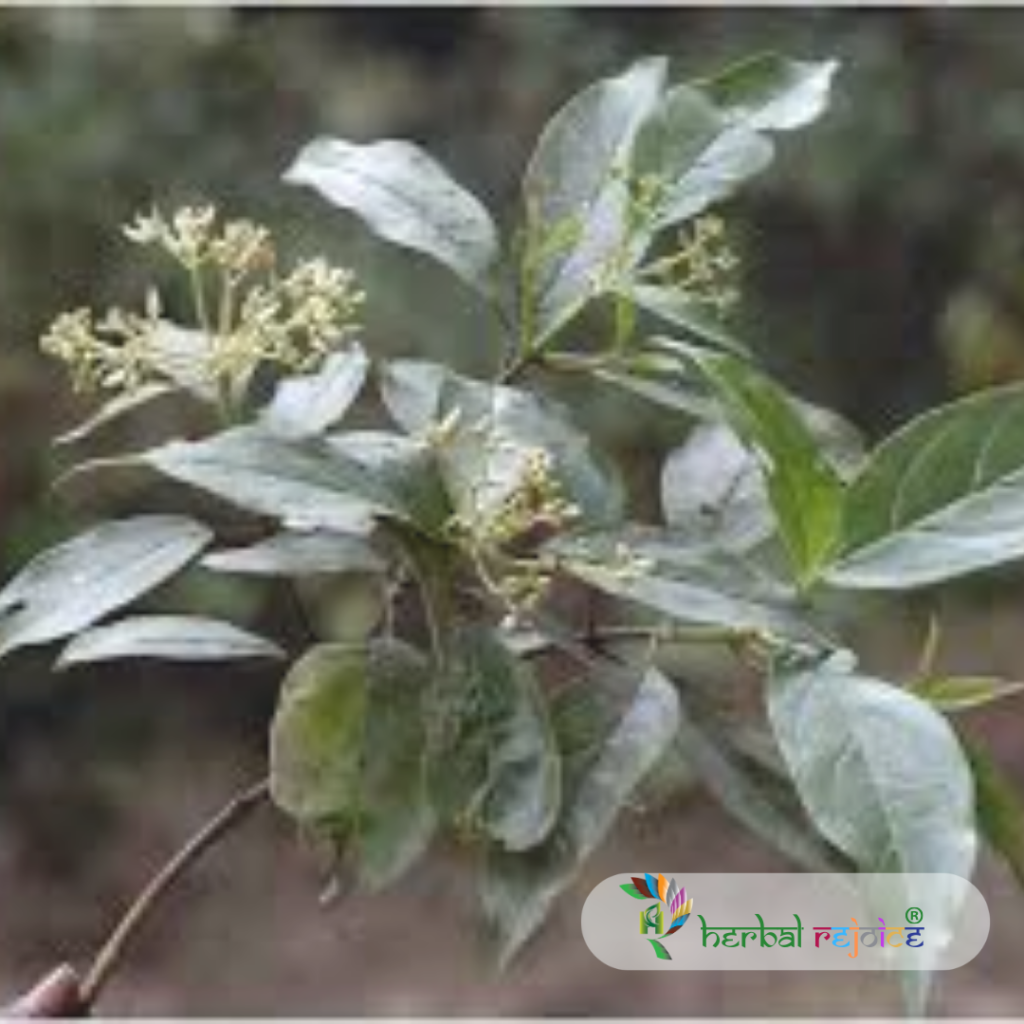Introduction
Viburnum coriaceum Blume, also known as Tilvaka in Ayurvedic medicine, is a plant belonging to the Caprifoliaceae family. It can be found in the Himalayas, specifically in regions such as Punjab and Bhutan, at altitudes ranging from 1,200 to 2,500 meters. This plant is also found in the Nilgiris.
Medicinal Properties
In traditional folk medicine, Viburnum coriaceum Blume is referred to as Kaalaa Titmuliyaa, Tita, Karwaa (Kumaon). Its root and stem bark have been traditionally used for their antispasmodic and uterine sedative properties. Additionally, the aerial parts of the plant have shown promising antiprotozoal activity against Entamoeba hystolytica when extracted using ethanol.

Antispasmodic activity
Moreover, the root and stem bark of Viburnum coriaceum Blume, as well as Viburnum foetidum, have a distinct odor reminiscent of valerian root. More specifically, the extracts obtained from the root and stem bark have displayed significant antispasmodic activity, comparable to that of the bark from Viburnum opulus var. americanum and Viburnum prunifolium.
It’s worth mentioning that Laal Titmuliyaa (Kumaon) is often considered the same as Viburnum mullaha Buch-Ham ex D. Don syn. V. stellulatum Wall ex DC.
Conclusion
In conclusion, Viburnum coriaceum Blume is a plant with various medicinal properties. Its root and stem bark have been traditionally used for their antispasmodic and uterine sedative effects. Moreover, extracts obtained from different parts of the plant have shown promising activity against specific conditions. It’s important to note that further research is needed to fully understand the potential benefits and mechanisms of action of Viburnum coriaceum Blume.
Frequently Asked Questions
What is Viburnum coriaceum Blume?
Viburnum coriaceum Blume, also known as Tilvaka in Ayurveda, is a medicinal plant belonging to the Caprifoliaceae family, native to the Himalayas and found at altitudes between 1,200 to 2,500 meters.
What are the traditional uses of Viburnum coriaceum?
In traditional folk medicine, it is used for its antispasmodic and uterine sedative properties. The root and stem bark are particularly valued for these effects.
Where can Viburnum coriaceum be found?
This plant is primarily found in the Himalayan regions, including Punjab and Bhutan, as well as in the Nilgiris.
What medicinal properties does Viburnum coriaceum possess?
Viburnum coriaceum has shown significant antispasmodic activity and potential antiprotozoal effects against Entamoeba histolytica when extracted with ethanol.
How does the extract compare to other Viburnum species?
The extracts from Viburnum coriaceum’s root and stem bark display antispasmodic activity comparable to that of Viburnum opulus var. americanum and Viburnum prunifolium.
Is there a difference between Viburnum coriaceum and other related species?
Yes, Laal Titmuliyaa (a name used in Kumaon) is often considered the same as Viburnum mullaha Buch-Ham ex D. Don, which is synonymous with Viburnum stellulatum Wall ex DC.
What are the future research needs for Viburnum coriaceum?
Further research is needed to fully understand the potential benefits, mechanisms of action, and any additional medicinal properties of Viburnum coriaceum Blume.


